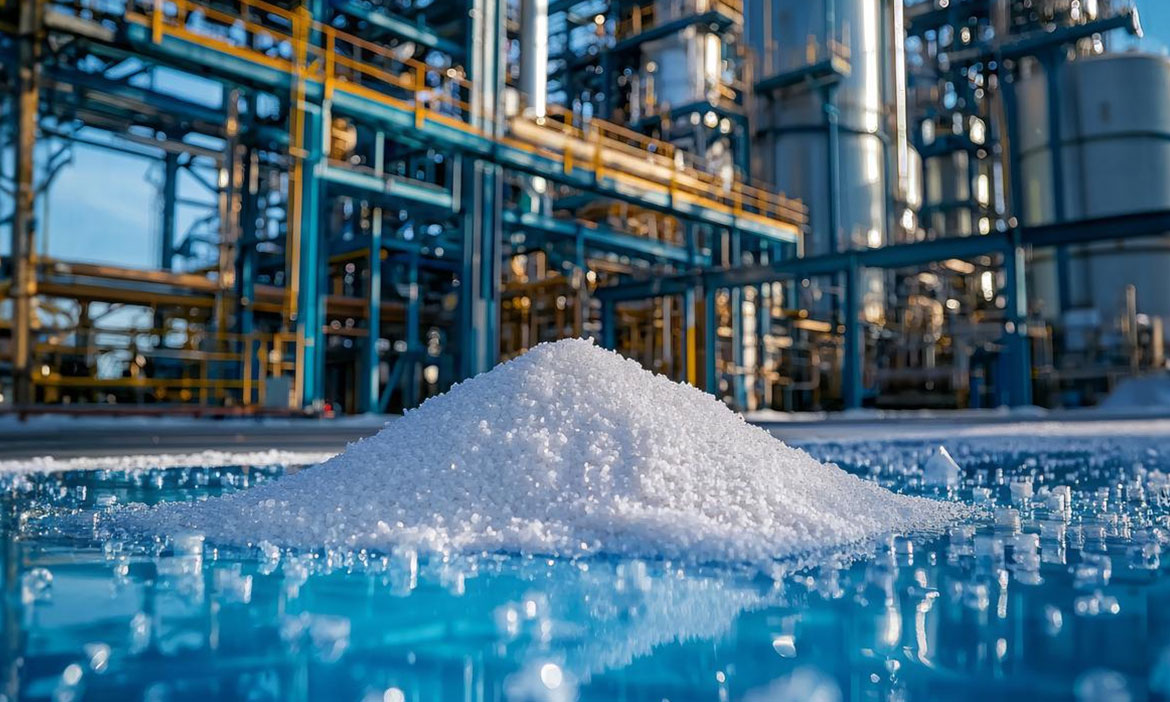White Chemical Powder in the Lab: Understanding Its Role and Safety Measures
In the world of laboratory science, white chemical powders are among the most common and versatile substances. Their appearance can be deceptively simple, but these powders often play critical roles in research, analysis, and industrial applications. From common table salt to complex reagents, understanding these substances is essential for any lab technician, researcher, or student.
What Are White Chemical Powders?
White powders in a lab setting can be anything from benign salts to potent drugs or dangerous toxins. Some of the most frequently encountered examples include:
- Sodium chloride (NaCl): Common table salt, used in various biological and chemical experiments.
- Calcium carbonate (CaCO₃): Used in buffering solutions and as a standard in titrations.
- Potassium bromide (KBr): Frequently used in spectroscopy.
- Sodium bicarbonate (NaHCO₃): Known for its use in pH buffering.
- Sucrose or glucose: Sugars used in biochemical and fermentation studies.
Because so many different chemicals share a similar physical appearance, white powders are identified and handled with great caution in any lab environment.
Uses and Applications
White chemical powders serve diverse functions in laboratories:
- Reagents in chemical reactions: Many powders are used as reactants or catalysts in synthesis and analysis.
- Standards for calibration: Accurate weighing and dilution of powders like sodium carbonate are essential for standard solutions.
- Pharmaceutical research: White powders often represent pure active ingredients or intermediates.
- Teaching and demonstration: Safe, stable powders like baking soda are commonly used in educational labs.
Each application requires specific handling protocols to ensure the chemical’s effectiveness and the safety of laboratory personnel.
Safety Considerations
Handling white chemical powders comes with inherent risks. Because many look identical, proper labeling and storage are critical. Mistaking one substance for another can result in inaccurate experiments, dangerous reactions, or health hazards.
Key safety practices include:
- Proper labeling and storage: All chemicals should be clearly labeled with their full name, concentration, and hazard classification.
- Personal protective equipment (PPE): Gloves, goggles, and lab coats are essential when handling powders to prevent skin contact or inhalation.
- Use of fume hoods: For powders that generate dust or are volatile, work should be conducted in a fume hood to minimize exposure.
- Material Safety Data Sheets (MSDS): Every lab should maintain current MSDS documents for each chemical, providing information on hazards, handling, and emergency procedures.
Conclusion
White chemical powders may look innocuous, but they represent a wide spectrum of substances with varied and important roles in laboratory work. Understanding what each powder is, how it functions, and how to handle it safely is essential for ensuring successful experiments and maintaining a safe lab environment. By respecting even the most ordinary-looking materials, scientists uphold the standards of precision, responsibility, and safety that are the hallmarks of good laboratory practice.





